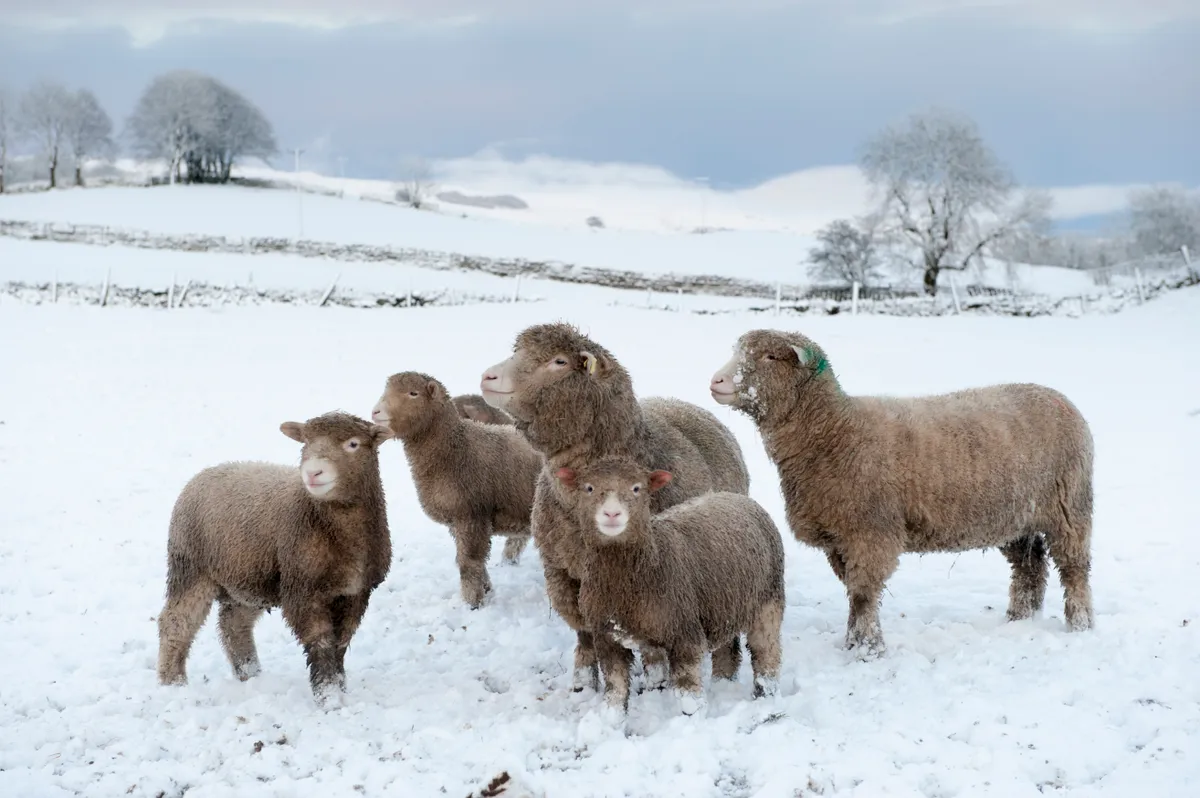Along with Gloucester cattle and Gloucestershire Old Spot pigs, the Cotswold sheep make up our three county breeds in Gloucestershire. Sometimes known as the Cotswold Lion, it’s a big, docile breed that is easy to work with and is certainly one of my favourites.
Cotswold sheep stats
Height: 79cm (2ft 7in)
Weight: 125-140kg (275-308lb)
Origin: It's thought that the Cotswold was introduced to the West Country by Roman settlers about 2,000 years ago.
Watchlist: The Cotswold is categorised as Minority meaning there are around 3,000 animals left in the UK.

One of my three sisters, Libby, damaged her back in a riding accident, sold her pony and spent the money on buying some Cotswolds from the last remaining sheep of the famous Garne flock, that dates back to the Middle Ages. When Libby got married and moved to Devon I took the flock on, and we still have around 30 ewes. Over the years we have built up a good reputation in the breed, winning championship prizes at various top shows around the country, meaning our stock sells well to other breeders.
It was the Romans that introduced the Longwool sheep breeds to Britain, and by the Middle Ages there were thousands of them, providing the long, lustrous and valuable wool that made up a huge part of the country’s export market. In fact, the Cotswold Hills are even named after the animal; a Cote is a sheep enclosure and a Wold is a rolling hill.
The Cotswold sheep were considered as one of the best breeds and their wool became known as the Golden Fleece. The riches the Cotswold wool brought to the region helped build the great houses and churches that we see today. To this day the Lord Chancellor sits on a sack stuffed with wool in the House of Lords, as a sign of how important the humble sheep has been to our nation.
